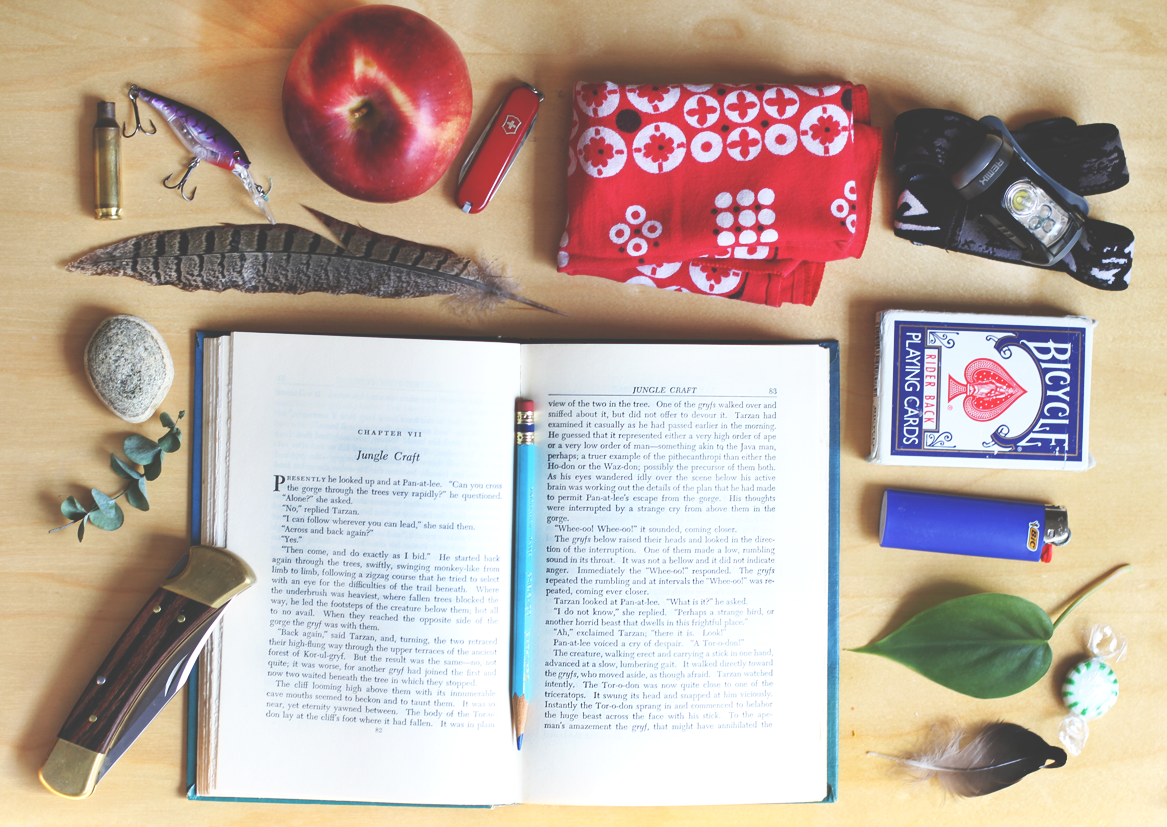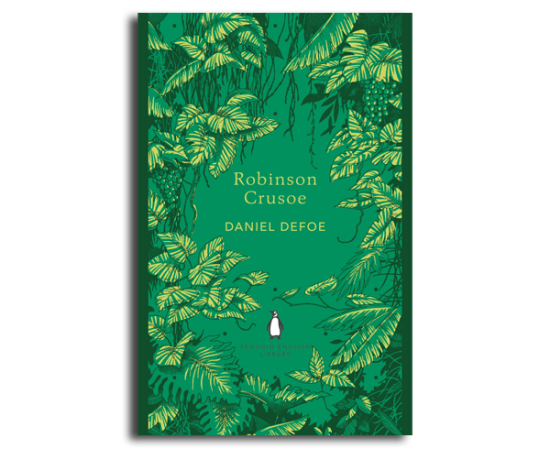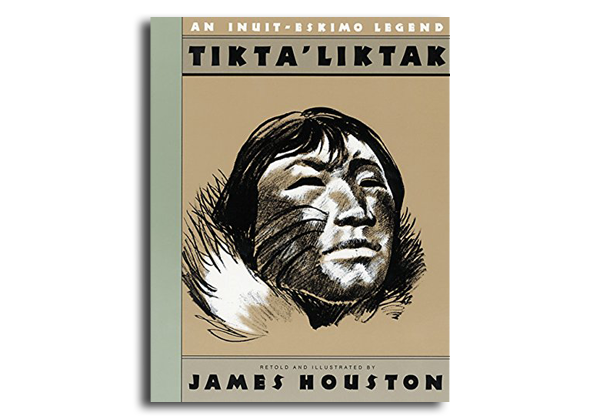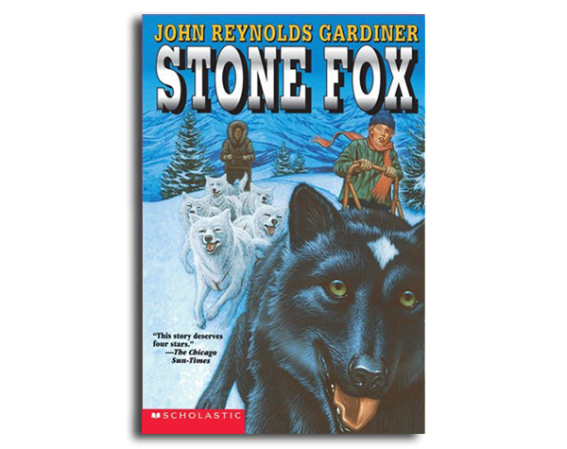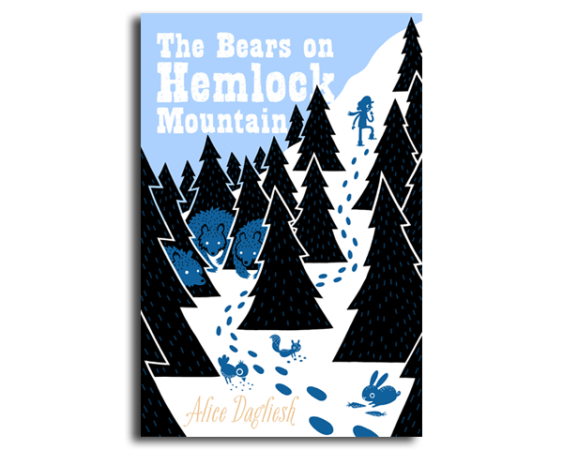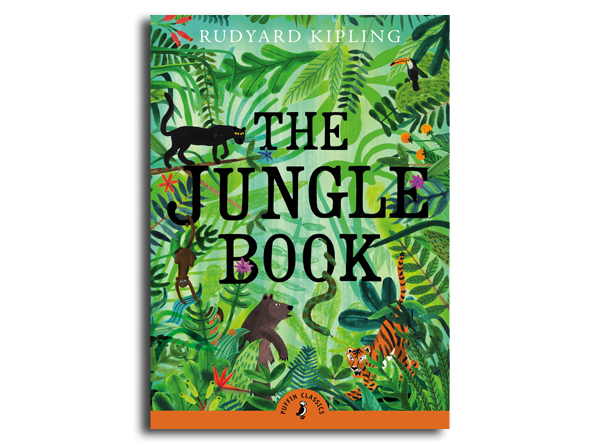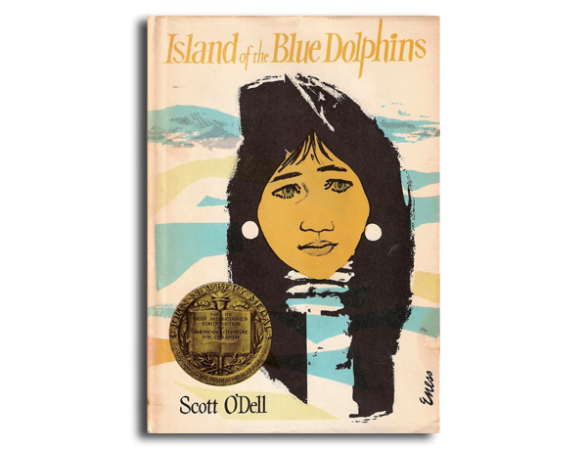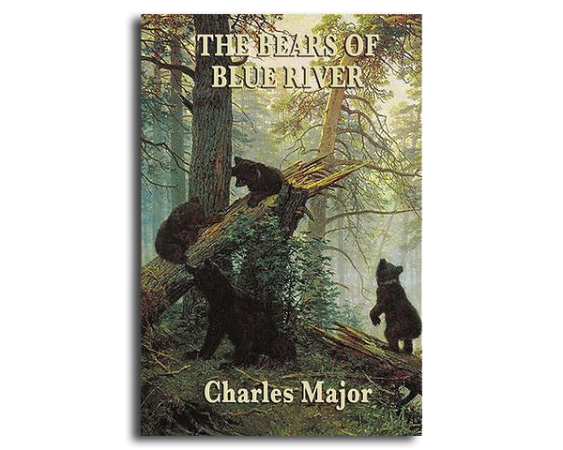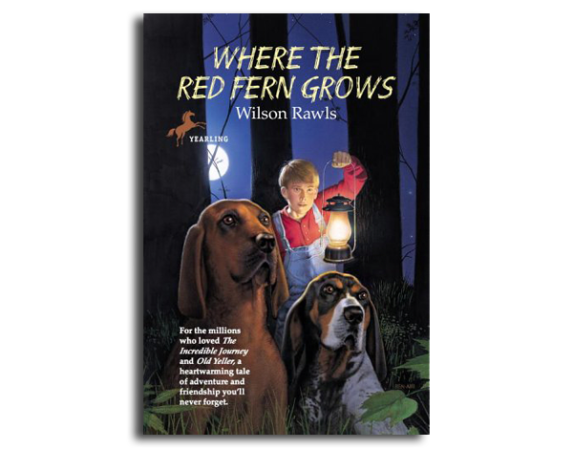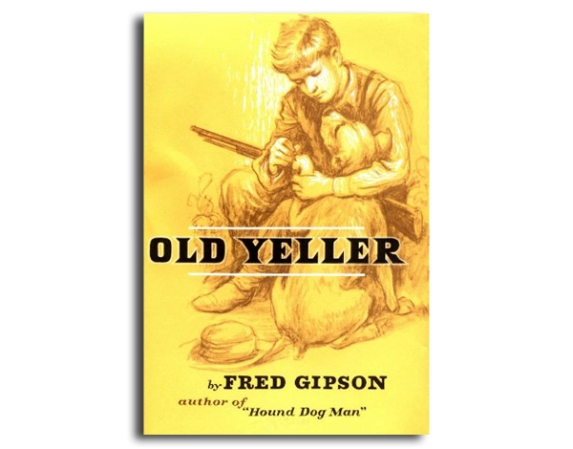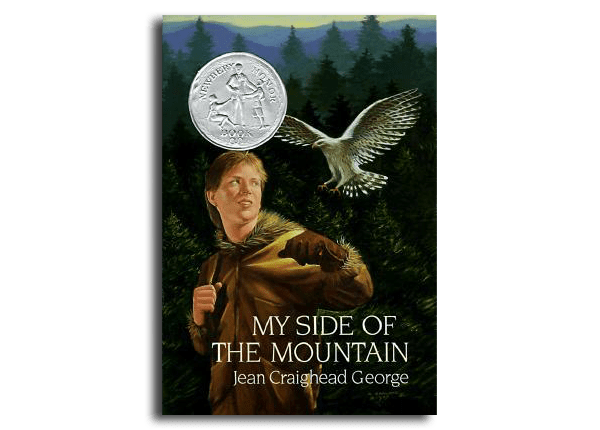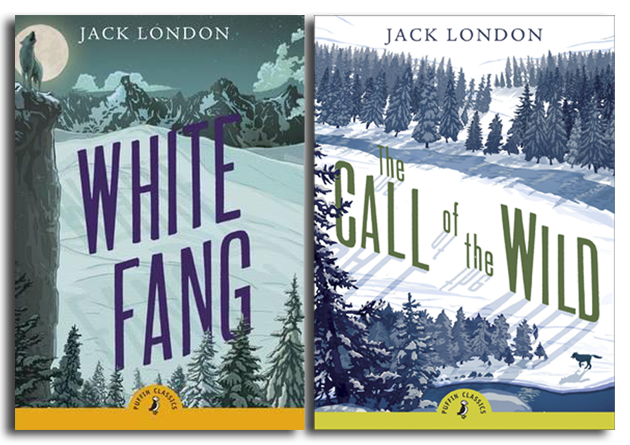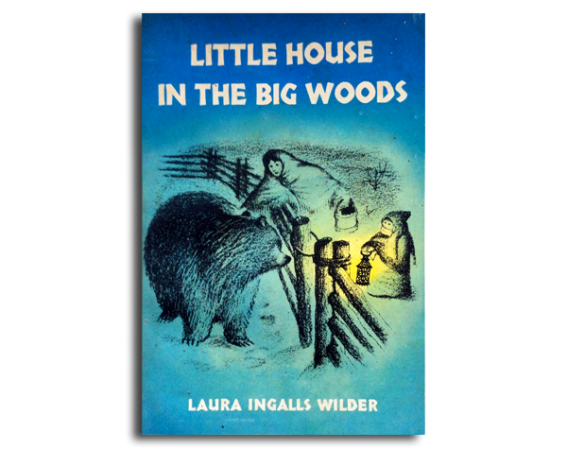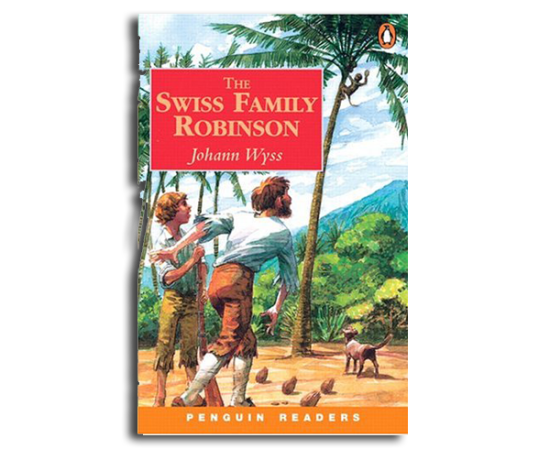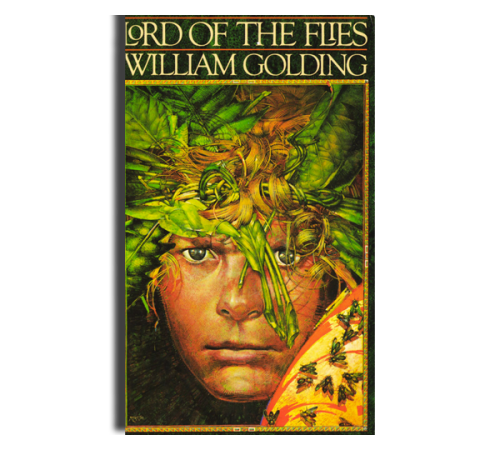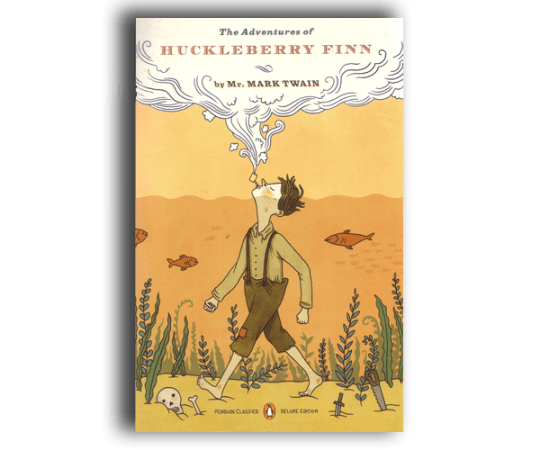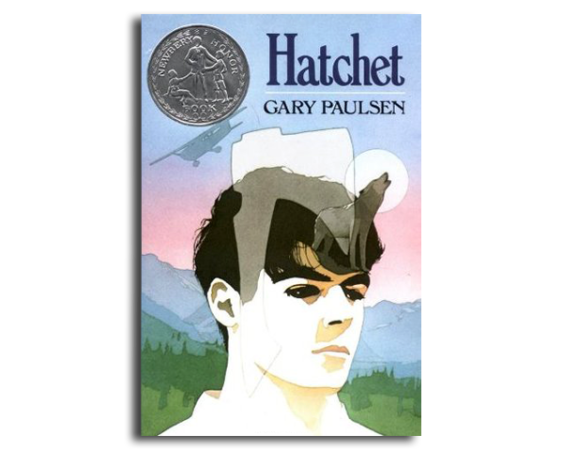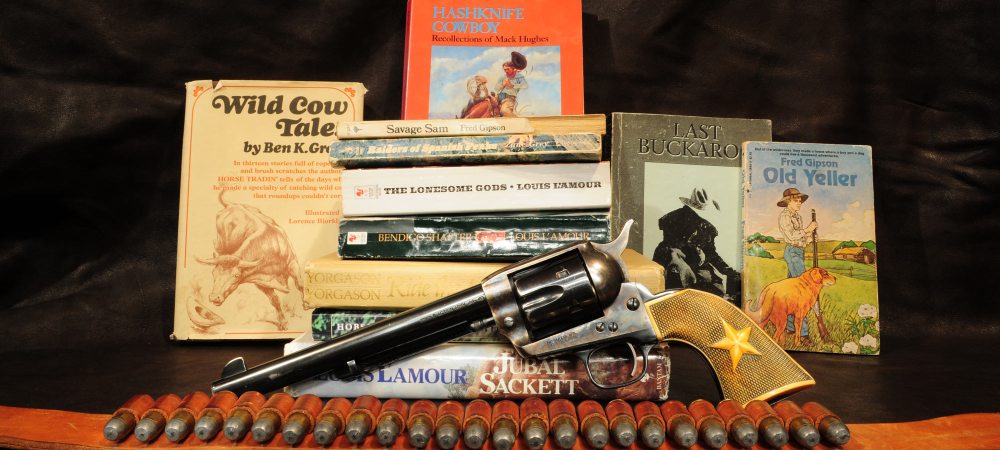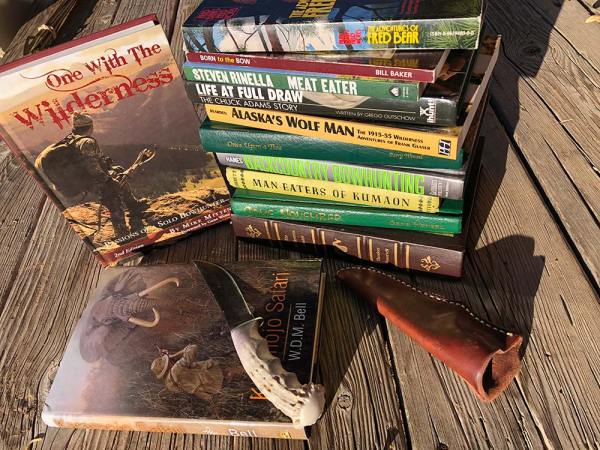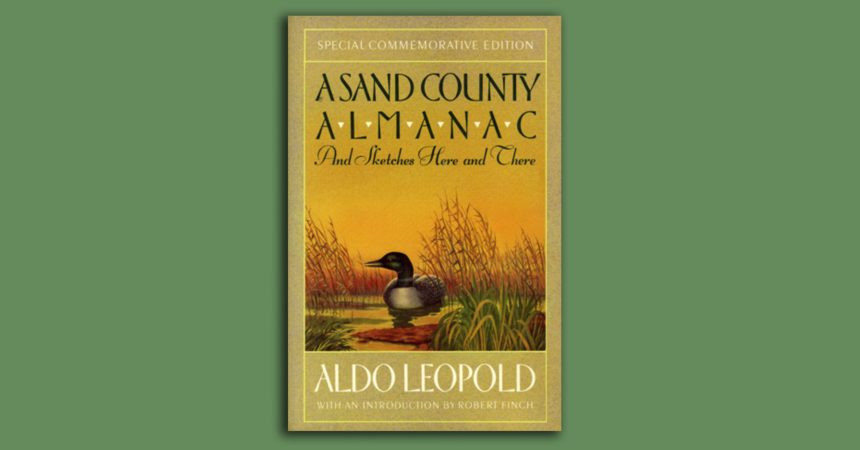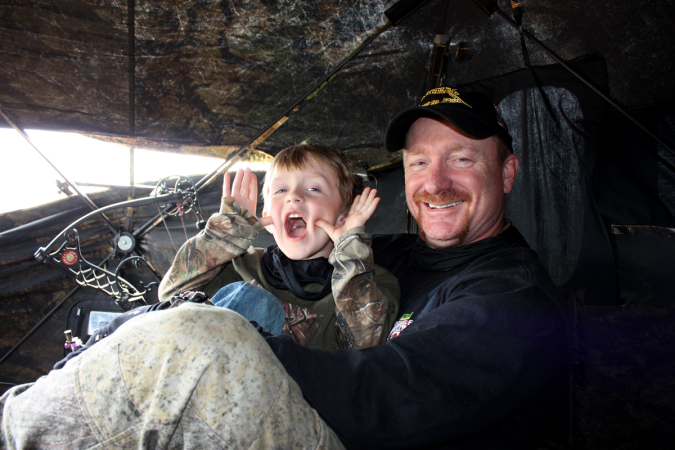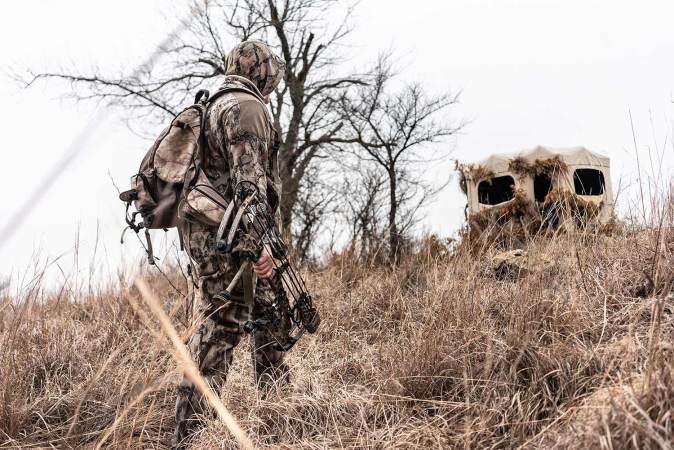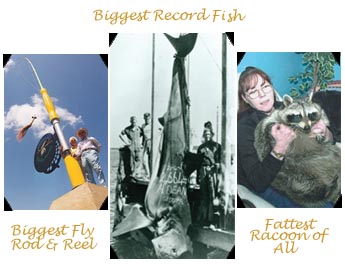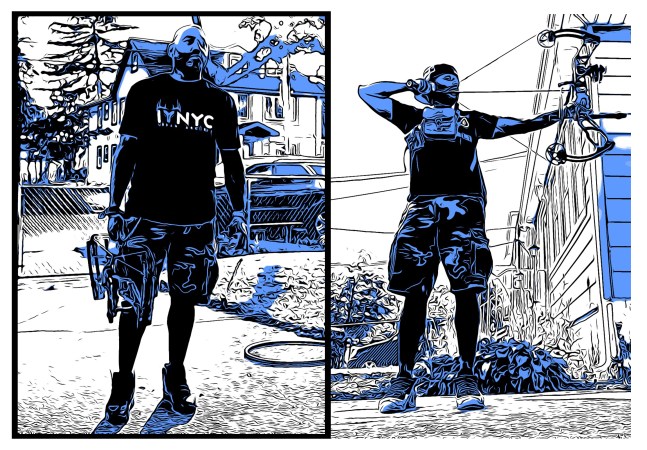My kids have way too many distractions. It seems they’re never bored enough to pick up a book. But that’s going to change.
Says me, anyway.
Whether your kids are old enough to read or just old enough to understand a story when you read it to them, there are plenty of good books out there to get them into the outdoors: books about shipwrecked families, homesteading, hunting dogs, dogsledding dogs, and even crazy primal societies where boys turn into beasts (see No. 3). Many have been turned into movies, but books let their imaginations roam without commercials. So we’ve compiled a list of the 16 best kid adventure books we know. No matter if your son or daughter is an aspiring woodsman, hunter, or survivalist, there’s something here for everyone (including us adults).
We’ve listed the recommended reading ages as advised by Scholastic, but you know your kid better than they do, so consider those rough guidelines. And if we’ve forgotten any that your kids enjoy, or favorites from your own childhood, please chime in.
Mr. Crusoe is what singer-songwriter Kris Kristofferson might call a “walking contradiction, partly truth and partly fiction.” The shipwrecked, would-be merchant has dreams of trading slaves to make his fortune and yet he saves a native man from cannibals. Then he goes on to subjugate “Friday,” instructing him to call him master. All British imperialistic allegory aside, Robinson Crusoe is a tale of mental and physical survival, with plenty of adventure thrown in. Crusoe’s character was likely based on Alexander Selkirk (1676-1721). He was a Scottish sailor who spent more than four years as a castaway. He asked to be left on a deserted island off the coast of Chile because he knew the ship he was on wasn’t seaworthy. And it wasn’t—it went on to sink off the coast of Colombia. Defoe’s Crusoe, has a rather bland personality in the book. Personally, I’d rather sip margaritas with Friday any day of the week.
Author James Houston went to the Canadian Arctic in 1948 to paint new landscapes. He found those landscapes, but more importantly he found native people willing to share their way of life and lore with him. The result is Tikta’ Liktak, which is an Inuit-Eskimo tale retold and illustrated by Houston. A young Eskimo hunter is carried out to sea. He ends up on a rocky, deserted island but after much soul-searching, a vision, and trials, he resolves to find his way back home.
I’m a sucker for tales of little ones who help save the family farm. What better way to do it than on a dogsled? In this David versus Goliath tale, 10-year-old Willy first hitches his dog up to the plow to harvest the family’s potato crop. And then to pay the back taxes, he enters a dogsled race where he goes up against musher Stone Fox. The version I have has fun illustrations, and it’s a fast-paced read.
If you have a fourth grader under your roof, this is a good one, especially if you get an older version of the book with the woodcut prints to illustrate it. This is a very simple book compared to some of the books on this list, and its simplicity makes it ideal for the younger crowd. All the adults in Jonathan’s family claim there are no bears on Hemlock Mountain, but when Jonathan is sent to run an errand in the dark over the mountain, he finds out that adults aren’t right all of the time.
It feels as though Disney has its paws in nearly every children’s adventure story that’s fit to print. The Jungle Book is certainly no exception. It makes sense though, as Kipling’s animals come alive with personality, from Baloo the bear to the wolves of the Seeonee Pack. If you can get past the anthropomorphism, the adventurous stories center around Mowgli, the “man cub” who is raised by wolves. Each tale illustrates a law of the jungle, and most tales speak of a moral code as well.
This novel is based on the true story of a Nicoleño Indian girl who was left behind on an island off the coast of California. She lived alone there between 1835 and 1853—that’s 18 long years. So yes, the protagonist is a teenage girl, but don’t let that stop you from handing this book to your son, too. Karana is fierce but compassionate, taking on wild dogs and Mother Nature, securing food, and building shelter. Karana tries to leave her isolated island in a homemade canoe, yet two days out to sea make her re-think that plan. Karana shatters cultural ideologies of a “woman’s place” simply by being herself and surviving the best way she knows how.
Young teenagers and bears: what could be more wholesome? After reading this book, you’d think Indiana had a bear behind every bend. Maybe they did. But Little Balser does his best to go toe-to-toe with many a bruin, and finds himself in many a pickle because of it. This book is packed with many short stories about life in Indiana in the early 1800s. And it’s ripe with tiny witticisms that still ring true including this one: “Too many hunters spoil the chase.” If Calvin and Hobbes hunted bears, I imagine it would look something like this book.
Even though I grew up in Alabama, I have never hunted coons. I never had the urge either. Blasphemy? Perhaps, but after reading Where the Red Fern Grows, I not only want to hunt coons, but I want to do it as ten-year-old Billy Colman. Readers are invited to watch Billy grow through hunting with his red bone coonhounds, Old Dan and Little Ann—the former is strong and brave, the latter, pretty and smart (no stereotyping here). Together, they are virtually unstoppable, except for that one time they treed a mountain lion. Beware the tear-jerking ending. Even so, this is a great book to get into with your kids, or to slyly leave a copy on their dresser.
Texas in the 1860s was a pretty wild spot. Bears and wolves roamed the countryside. When Pappy leaves his family’s homestead to drive cattle to Kansas, miraculously, a yellow dog shows up at the door to help out. I don’t think there is an American over the age of 50 who doesn’t know the story of Old Yeller. And quite honestly, kids should give it a read, too. It’s a good read as brothers fight and make up, Mama gets the last word, and Old Yeller becomes a hero in Pa’s absence. It’s simple, to the point, and harkens back to a time when dogs were dogs, and even fought off angry bears when the time came. Again, beware the tear-jerking ending.
A disgruntled young boy from New York City, Sam Gribley, took off to the Catskill Mountains by himself. Apparently, he was an ace survivalist in a former life, because he’s able to train animals, tan deer hides and live entirely off the land. I personally couldn’t do it, but more power to him. The book is written from Sam’s point of view, and there’s an interesting section on hunters in which they help provide Sam with deer meat when they lose track of their wounded quarry. It’s a whole lot of fiction and needs to be read with a grain of salt, but it is a fast read and one that will have your kids pining to get outside and make a snare trap of their own.
Jack London is a pretty good storyteller. His accounts of the Yukon have likely lured as many young men to the frozen North as the prospect of gold during the late 1800s. A common theme of his books, like this one and Call of the Wild, deals with the frontier wilderness and civilized world, often blurring the line between the two. In White Fang, a young wolf-dog pup bounces between the wild and civilized, finally finding solace in…well, you’ll just have to read the book.
For better or worse, many a summer afternoon of my childhood was spent waiting for that instrumental theme song to signal the beginning of Little House on the Prairie. Little did I know, the television show was based on a series of nine children’s books chronicling pioneer life in the late 1800s. The first installment, Little House in the Big Woods, recounts day-to-day homesteading life through the eyes of 5-year-old Laura Wilder as she grows up near Pepin, Wisconsin. If your kids ever whine about doing the dishes, (and what kid doesn’t?) this is a nice little reminder of the way kids used to have it. So quit your whining.
No wonder Disney made this movie back in 1960. For this family stranded on a deserted island in the East Indies, it’s all about pitching in, making lemonade out of lemons, and any other uber-positive saying that comes to mind. They make it seem as if being stranded with only your immediate relations is downright wholesome family fun. Of course, nothing bonds a family faster than battling menacing pirates. Luckily the father, William, is a master survivalist, strategist, and optimist. If your kids don’t start hatching grand plans to build a treehouse after reading this book, you’d better check their pulse.
I’ve known parents who believe their little boy is the most angelic creature ever to set foot in a cul-de-sac. And that’s how I know they’ve never read Lord of the Flies. If Swiss Family Robinson is picture perfect, then Lord of the Flies is the complete opposite: It showcases everything that’s wrong with humanity in one small island. To understand how the human condition can go from refined civilization to impaling a wild boar’s head on a stake to appease an island monster, you have to read this book a couple of times. And thankfully, it’s a good read. It’s a great introduction to symbolism (and a taste of desert island survival), but it’s also a bit violent, so I’d suggest saving this for more mature readers who aren’t as prone to nightmares.
If your child has recently expressed a desire to run away from home, I suggest you wait a bit before handing over this book. Twain’s classic takes the reader on an adventurous, mischievous roller coaster along the banks of the Mississippi River. Huck’s father is about as bad as they come, and as a reader, you root for Huck to break free from his father’s abuse. This classic is packed with lying, cheating, and looting, but it’s not devoid of adventure, and there are plenty of lessons to be learned. It’s a fun, playful read on the surface, but it also oozes commentary on slavery and the Southern Reconstruction after the Civil War, so it’s a good option for older kids as well.
If there was one book to get your kid thinking about what they might do if ever stranded alone in the woods, then this is it. The first of the Hatchet series, this 1988 Newbery Honor Winner starts with Brian as he boards a small plane from New York City to visit his father in the Canadian wilderness. But the plane crashes en route, and then the story really begins. Brian carries a hatchet given to him by his mother, and the tool becomes his lifeline. Brian must grow up fast, which he does. It’s an easy and compelling read, and there are lots of topics to talk about as the young teen makes plenty of mistakes and victories in his battle to survive.
